Chevron Island: Inside story of exclusive suburb’s dramatic changes
It was once the very definition of an exclusive enclave. But something went terribly wrong, changing this Gold Coast suburb forever.
Property
Don't miss out on the headlines from Property. Followed categories will be added to My News.
IT was once the very definition of an exclusive enclave.
Chevron Island was the hottest suburb on the Gold Coast’s real estate market when it was built in the early 1960s.
Along with its offshoot, Cronin Island, the blue ribbon Nerang River location consistently commanded high prices for two decades before it was eclipsed by Hedges Ave and other locations.
REVEALED: SIX PROJECTS PROVIDING THOUSANDS OF JOBS ON COAST
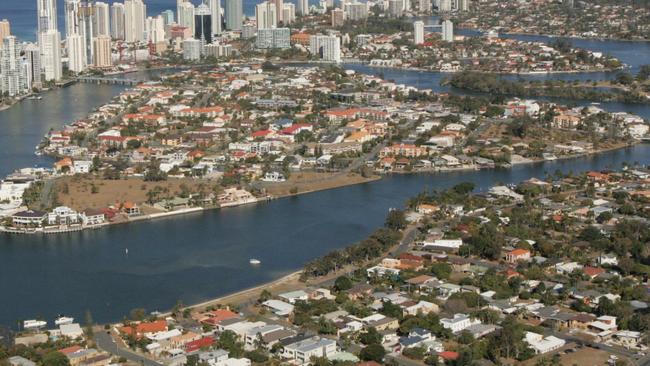
SHOCK CLOSURE OF POPULAR GOLD COAST BUSINESS
Now, six decades after it was built, Chevron Island is back in vogue and attracting not only buyers but new developments.
Towers are rising from the ground and there are more to come.
The Bulletin this week revealed a further two luxury high-rises have been unveiled for Chevron Island as the Gold Coast’s development boom continues to gain momentum.
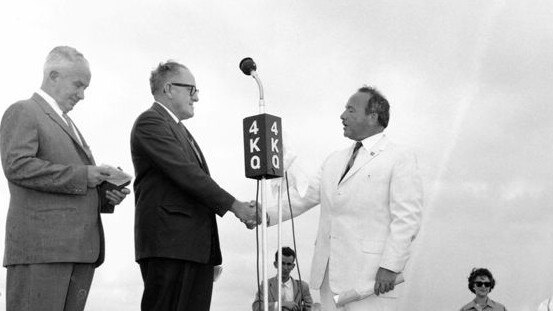
It’s the latest moment in a story which has taken many twists and turns over the decades.
Chevron Island was the dream of developer Stanley Korman who, in 1957, snapped up Wedgewood Island, a sliver of land to the west of Surfers Paradise and built what is today known as Paradise Island.
After finding success, he set his eyes on Goat Island, a small piece of land in the middle of the Nerang River which real estate kingpin Laurie Wall sold to him and created Chevron and Cronin islands.
More than 400 people attended the development’s opening in March 1960.
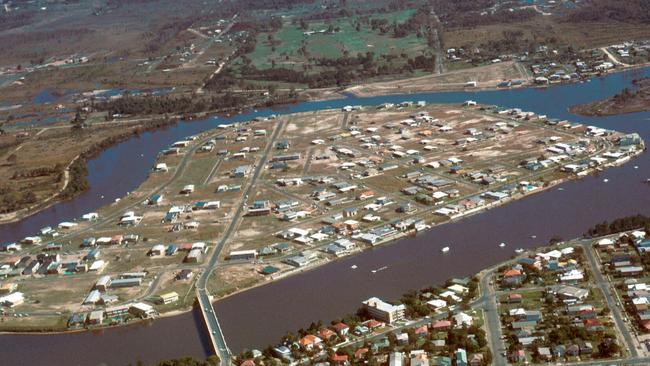
At the time there was just one bridge connecting it to Surfers Paradise, with the Bundall bridge still years away.
It was a major hit in its early decades, with the opportunity for waterfront houses.
In 1984 it was considered a cornerstone of the real estate industry, which at the time was worth $463 million.
Today it’s worth many billions of dollars.
Chevron Island, along with Ashmore, Benowa and Paradise Waters accounted for more than 25 per cent of all property sold in the city that year.
During the 1980s it was home to The Loft, one of the Gold Coast’s most popular restaurants.
During the late 1980s boom, a Chevron Island agent told News Corp he was selling $1 million of property a week against $1 million a month in 1986.
But Chevron Island’s star fell in the 1990s and 2000s when crime rates went up, the shopping precinct became rundown and cashed-up buyers turned their attention to the expensive waterfront real estate of Hedges Ave and Sovereign Islands.
By the 1990s, the area had become home to “young, impoverished workers in the Surfers Paradise hospitality industry” who took advantage of the cheap rents offered in the area.
A major issue constantly raised to this day is the poor quality of the bridges connecting the island to the mainland.
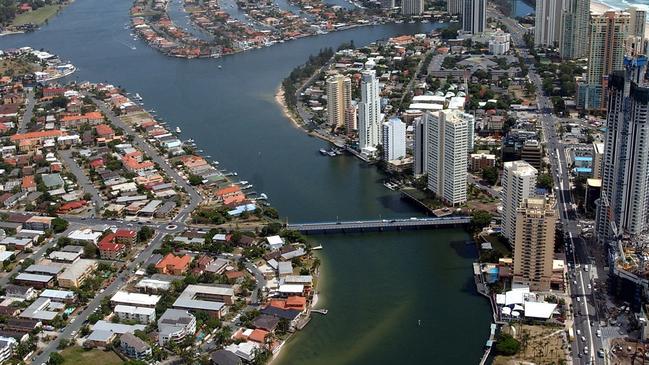
Built in the 1960s and 1970s, the two-lane structures cause significant congestion.
By 1999, more than 20,000 cars were using the bridges daily, a figure which has only grown in the past 22 years.
Despite longstanding political pressure, the bridges were never upgraded because it would require resumptions of expensive property.
By 2005, local business owners were furious to find out council wanted to steer tourists away from their suburb.
The council, endeavouring to preserve a village atmosphere throughout the suburb, proposed future development allow only permanent accommodation, with residents expected to sign leases of at least three months.
Martin Tonkin, manager of Infusion lounge bar slammed the idea.
“Without tourists in here, that takes a lot off our bottom line,’’ he said.
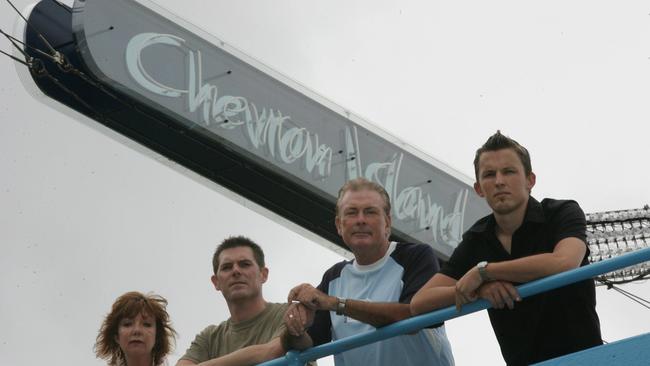
``Not a lot of locals frequent the businesses. There’s no reason why we can’t be like Main Beach or Broadbeach, but it needs tourists and development.’’.
It was the first of several contentions run-ins between council, resident groups and business owners over the future of the area and how to revive its prospects.
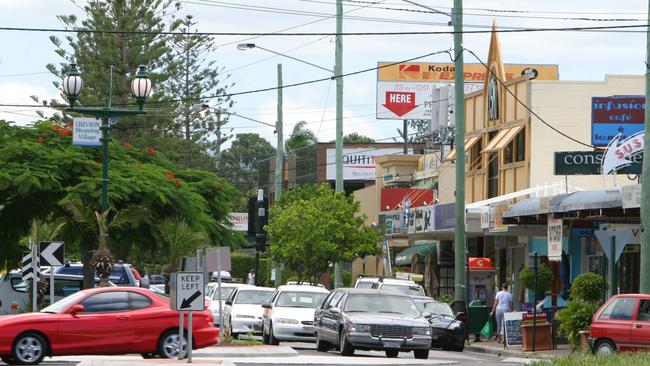
Then-area councillor Susie Douglas spent much of the late 2000s and early 2010s battling to revamp the area and bring back both locals and tourists.
Countless shops, bars and eateries opened, only to fail within months.
In 2009, a bold proposal was suggested to get rid of the Evandale precinct and build an “Island of Culture” in the middle of the Nerang River, using Chevron Island as its key entrance.
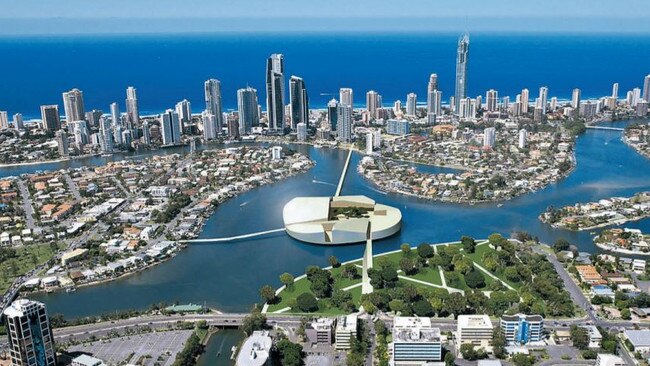
Despite council commissioning the proposal, it disowned the concept once it became clear it would be too expensive to actually build.
Chevron Island again became popular with developers in the 2010s, with more than nine tower projects pitched in the first half of the decade.
Almost none of them proceeded.
It has only been since 2018 that large towers finally began to rise over the Island, again bringing with them big sales and another revival.



